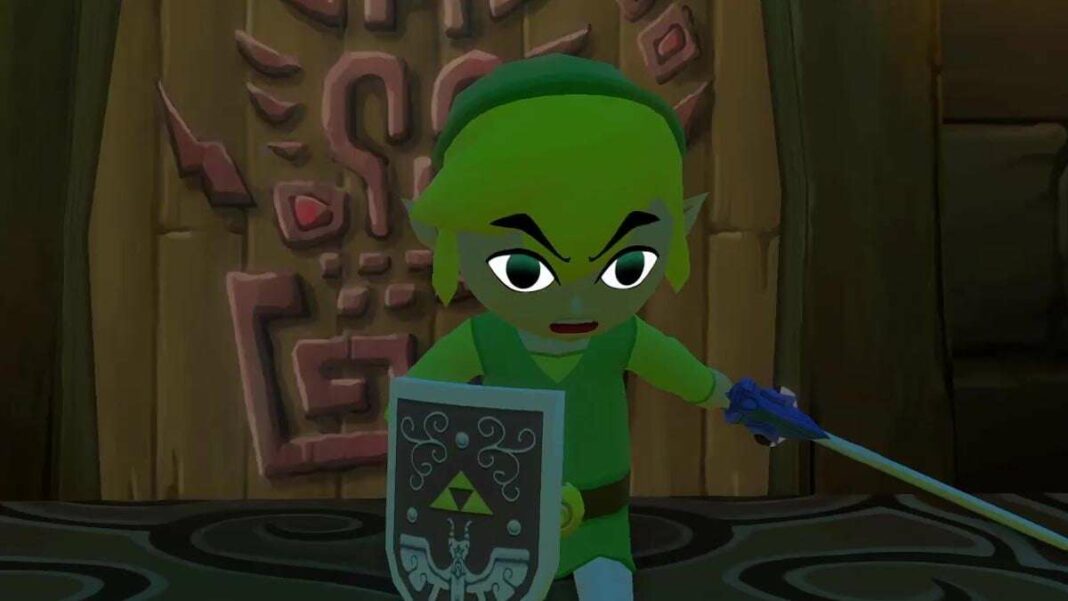Released in 2002 for GameCube and later for Wii U, *The Legend of Zelda: The Wind Waker* features a cartoonish Link embarking on an adventure to rescue his sister, Arielle, from Ganondorf. Along the way, Link meets Tetra, a pirate captain who aids him but hides her true identity as Princess Zelda. The game’s vibrant, cel-shaded graphics distinguish it from others in the series, prompting speculation about future titles embracing a similar style.
Originally launched on December 13, 2002, in Japan for the GameCube and later in May 2003 for the North American audience, The Legend of Zelda: The Wind Waker made a grand comeback in September 2013 with its HD re-release on Wii U. This installment allows players to embody the classic hero, ‘Link‘, as he embarks on a thrilling quest against his arch-nemesis. In this narrative, Ganondorf targets Link’s sister, Arielle, believing her to be the Princess Zelda, but she is, in fact, not. Thankfully, Link receives assistance from a mysterious character named Tetra, who possesses her own secrets.
Tetra: The Mysterious Pirate
Right from the beginning of your journey, you encounter Tetra, who presents herself as the captain of a pirate crew. Despite her image, she becomes a vital ally, empowering Link to muster the strength needed to confront Ganondorf, who is misdirected in his aim. Interestingly, Tetra’s true identity is gradually unveiled; she ultimately transforms back into her original persona, revealing herself as Princess Zelda.
What makes this twist captivating is how throughout a significant portion of the game, Tetra is perceived solely as a pirate captain and not a princess. Her design and persona don’t immediately connect her to royalty, as she diverges sharply from the traditional depiction of Princess Zelda we recognize from previous installments. This creative shift could inspire future games, allowing Zelda to evolve into a different character altogether, potentially stepping away from her royal responsibilities to pursue her own adventures.
A Captivating Cartoon Aesthetic
Another standout feature of Wind Waker is its distinctive visual style. Departing from realism, it showcases a vibrant, cartoonish world that is visually appealing. While we see a similar artistic approach in its successors like Phantom Hourglass and Spirit Tracks, many fans are eager for a return to this unique cel-shaded graphics style in upcoming titles. Although this idea contrasts with the visual approaches of recent games, such as Tears of the Kingdom and Echoes of Wisdom, it could resonate powerfully with the fanbase. We invite you to share your thoughts in the comments: would you appreciate a new adventure that embraces the Wind Waker’s enchanting style?
On another note, even though No Man’s Sky has been around for 8 years, it continues to thrive with regular updates. Most recently, developers released their sixth expansion of the year, dubbed Expedition 16: The Cursed, which brings a mysterious and thrilling twist that fits perfectly with the Halloween spirit.
